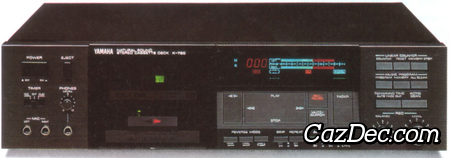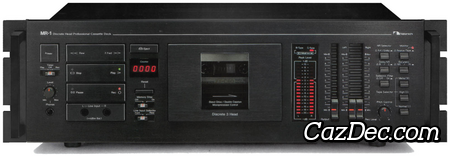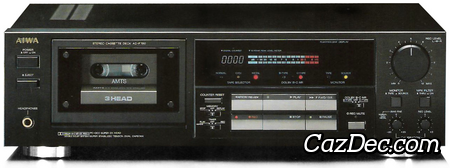
Yamaha KX-1000 Natural Sound Stereo Cassette Deck









This Yamaha KX-1000 is a stereo cassette deck with Dolby B/C and HX-Pro and DBX noise reduction, it was first sold by Yamaha in 1988.
The main features of the Yamaha KX-1000 cassette deck are: 3 heads and off-tape monitoring, digital linear tape counter with 4 digits, automatic tape type selection and capable of handling normal, chrome and metal tapes, belt driven dual-capstan transport.
Typical front loading cassette deck with the cassette compartiment located on the left side of the deck.
Level meters used on the Yamaha KX-1000 cassette deck are generic digital peak reading meters with peak hold for easy adjustment of optimum recording level. Full-logic transport controls used on the Yamaha KX-1000 let it respond to the slightest finger contact for fast and effortless transport function selection.
To ensure the best response from the wide variety of tapes available adjustment of, bias, to optimum levels can be performed prior to recording.
Dolby C-type used in the Yamaha KX-1000 provides 20 dB of noise reduction above about 1,000 Hz, fully doubling the amount given by B-type. The Dolby HX PRO system provides precise bias control during recording to reduce distortion and improve linearity in the high-frequency range, the result is recorded sound that is highly faithful to the original. Dbx Type II found in the KX-1000 is a simplified version of the Type I noise reduction system. The dbx Type II system was designed to be used with systems with limited bandwidth such as cassette based recorders and also uses a simple 2:1:2 compander to reduce noise. The 19kHz multiplex pilot slgnal present in FM stereo broadcasts can cause false triggering of the noise reduction system. The switchable MPX filter of the KX-1000 filters out the pilot signal, and assuring proper Dolby processing of FM stereo programs.
For undisturbed listening a jack connector for a pair of stereo headphones is supplied. Connection to other audio components for plaback can be achieved by a RCA cable and recording from a source by a RCA cable. All main transport commands can be issued remotely with a wireless remote control.

- Closed Loop Dual Capstan Mechanism
- RS
- HX Pro Dynamic Bias Servo
- ORBiT (Optimum Record Bias Tuning)
- Natural Sound
- Amorphous 3 Head
Historic events
Features of Yamaha KX-1000

 Manual Bias Calibration
Manual Bias Calibration
 Bias Fine Tune
Bias Fine Tune

 Wireless Remote Control Receiver
Wireless Remote Control Receiver
 RCA Input/Output Connectors
RCA Input/Output Connectors
 Headphones
Headphones
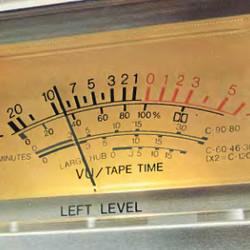
 Linear Tape Counter
Linear Tape Counter
 Digital Peak-Reading Meters
Digital Peak-Reading Meters
 4-Digıt Digital Counter
4-Digıt Digital Counter
 Peak Hold
Peak Hold
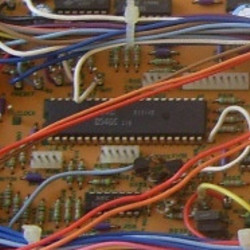
 Record Protection
Record Protection
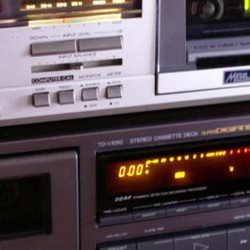
 Front Loading
Front Loading
 Orientation Left
Orientation Left
 Titanium Finish
Titanium Finish
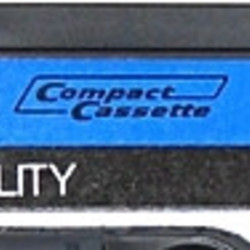
 Stereo
Stereo
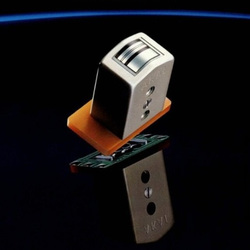
 4 Track / 2 Channel
4 Track / 2 Channel
 3 Head Desiǥn
3 Head Desiǥn
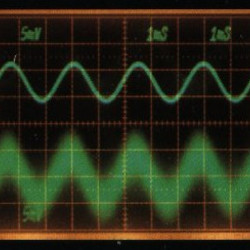
 Dolby-B Noise Reduction
Dolby-B Noise Reduction
 Dolby-C Noise Reduction
Dolby-C Noise Reduction
 DBX Type II Noise Reduction
DBX Type II Noise Reduction
 Dolby HX Pro®
Dolby HX Pro®
 MPX Filter
MPX Filter
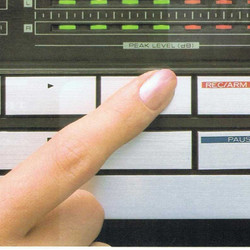
 Full Logic Transport Control
Full Logic Transport Control
 Memory Play
Memory Play
 Memory Repeat
Memory Repeat
 Music Scan
Music Scan
 Real-Time Tape Monitoring
Real-Time Tape Monitoring
 Record Mute
Record Mute
 Timer Recording/Playback
Timer Recording/Playback
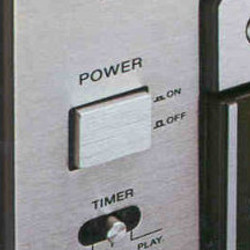
 Alternating Current
Alternating Current
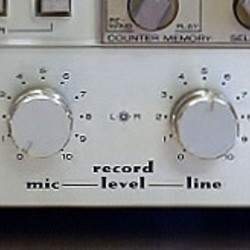
 Individual Input Level Controls
Individual Input Level Controls
 Master Record Level Control
Master Record Level Control
 Output-Level Control
Output-Level Control
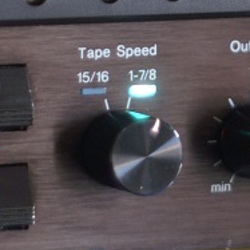
 1⅞ ips - 4.76 cm/s
1⅞ ips - 4.76 cm/s
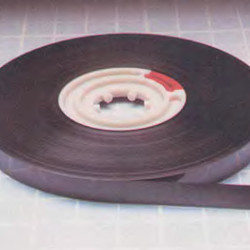
 Automatic Tape Type Selection
Automatic Tape Type Selection
 Metal Tape Capabilıty
Metal Tape Capabilıty
 Normal Tape Capabilıty
Normal Tape Capabilıty
 Chrome Tape Capabilıty
Chrome Tape Capabilıty

 Auto Shutoff
Auto Shutoff
 Belt Drive (Capsŧan)
Belt Drive (Capsŧan)
 Dual-Capsŧan Transport
Dual-Capsŧan Transport
Similar to Yamaha KX-1000 from the period 1988
Notice on copying anything
Copying Yamaha KX-1000 information from this site and use it in your auction or on your website is not allowed. A link to this page for Yamaha KX-1000 is allowed from your website or auction.




